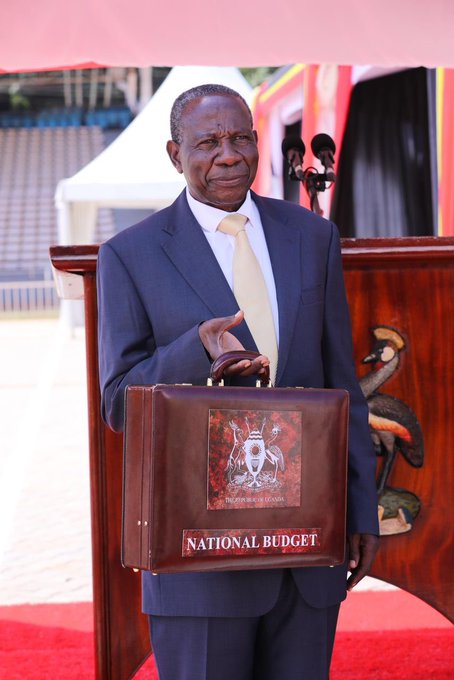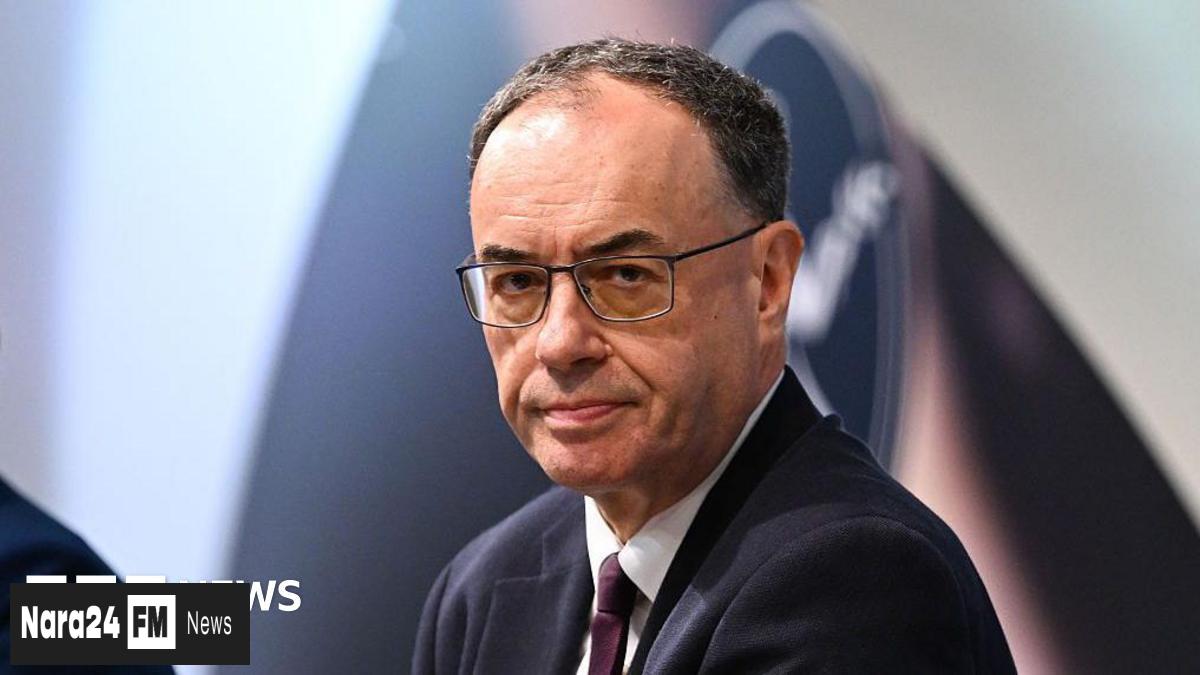Today, Finance Minister Matia Kasaija unveiled the UGX 72.4 trillion National Budget for the Financial Year 2025/26 at the Kololo Independence Grounds, representing a delegation from President Yoweri Kaguta Museveni as per Article 155(1) of the Ugandan Constitution. Although the Constitution mandates that the President present the budget to Parliament, it permits him to appoint a delegate for this significant task.
The budget, themed “Full Monetisation of Uganda’s Economy through Commercial Agriculture, Industrialisation, Expanding and Broadening Services, Digital Transformation and Market Access,” marks the commencement of Uganda’s Fourth National Development Plan (NDP IV) and initiates the first phase of Vision 2040, which aspires to elevate Uganda to a USD 500 billion economy.
Accompanying the Finance Minister at the event, President Museveni and First Lady Janet Museveni are expected to address the audience. In contrast, opposition leaders, including Joel Ssenyonyi, the Leader of the Opposition, have opted to boycott the presentation. They criticize the government for neglecting their views and excluding them from substantial budget discussions. The opposition has proposed an alternative budget of UGX 44 trillion, prioritizing social services, anti-corruption measures, and equitable development.
Minister Kasaija’s budget allocations will emphasize economic monetization, job creation, and digital transformation. Key focus areas will include boosting investments in commercial agriculture, agro-industrialization, digital infrastructure, and enhancing service delivery in sectors like health, education, and tourism.
The budget’s total resource envelope amounts to UGX 72.4 trillion, with an anticipated 52 percent sourced from domestic revenue and 48 percent through borrowing. Uganda’s public debt currently stands at UGX 107 trillion (approximately USD 29.1 billion), raising concerns over fiscal sustainability. The projected GDP growth rate is set at 7.0 percent, an increase from 6.3 percent in the previous financial year, which is expected to boost Uganda’s per capita income to USD 1,324.
Officials from the Ministry of Finance attribute this economic growth to strong performances in agriculture, industry, and services, bolstered by digital and market reforms. However, the budget does present challenging trade-offs; notably, climate funding has been cut from UGX 744.8 billion to UGX 364.9 billion, which has drawn criticism from environmental advocates. Mixed funding allocations have been observed in the infrastructure and manufacturing sectors, with some local governments experiencing real-term funding reductions despite holding stable nominal figures. A notable UGX 11.4 trillion is earmarked for human capital development, particularly in education, health, and social protection.
The government intends to enhance support for private sector exporters and farmer-led value chains through new trade partnerships and market access strategies. Today’s presentation at Kololo signifies a pivotal political and economic moment, as it reflects not only an ambitious agenda but also the growing divide between the ruling party and the opposition regarding fiscal priorities. While the government promotes this budget as a transformative pathway to prosperity, critics argue that it favors grand objectives over the realities faced by grassroots communities.
All eyes are now on Kololo, where Minister Kasaija will deliver what could be considered the most ambitious budget in Uganda’s history, setting high expectations and considerable stakes for the future.








Comments (0)
Leave a Comment
Be the first to comment on this article!